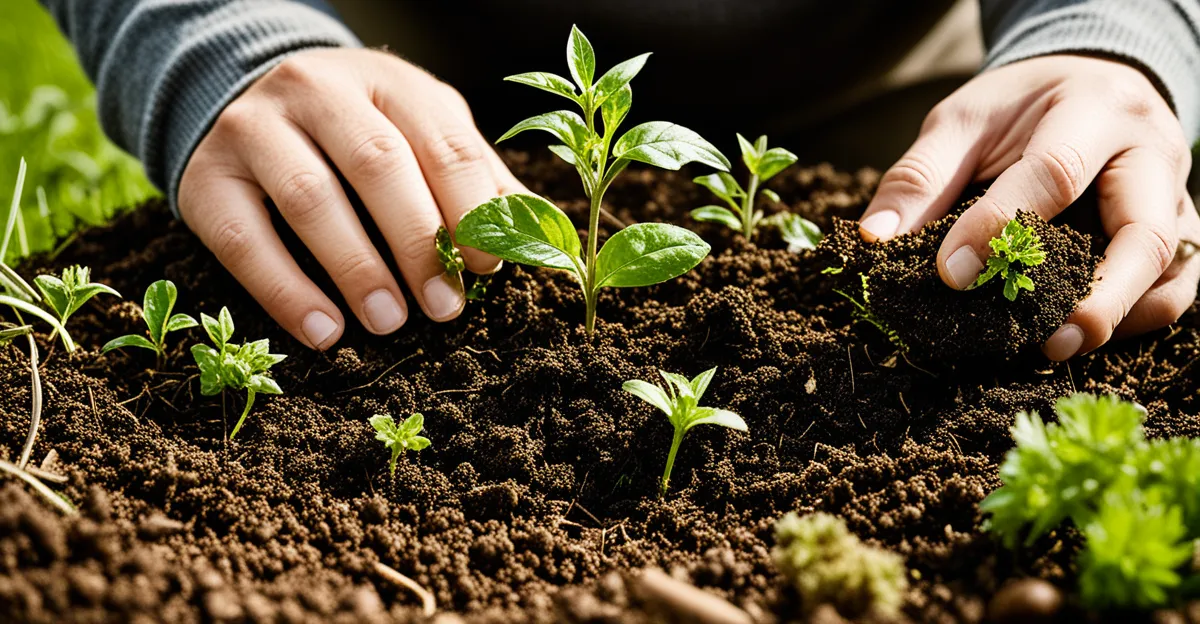Understanding Sustainable Practices in UK Property Development
Sustainable property development in the UK integrates environmental, social, and economic considerations to create buildings that minimize ecological impact while providing long-term value. Core elements include energy-efficient design, responsible material sourcing, waste reduction, and enhancing occupant wellbeing. Emphasizing renewable resources and low-carbon technologies is central to sustainable building practices, aiming to reduce a development’s overall ecological footprint.
Historically, UK real estate sustainability has evolved from basic energy conservation efforts to holistic approaches reflecting climate change urgency and shifting government policies. The rising demand for green buildings from both regulators and consumers has driven the sector toward adopting sustainable standards systematically.
Additional reading : What Are the Emerging Trends in the UK Real Estate and Finance Sectors?
Key certifications such as BREEAM (Building Research Establishment Environmental Assessment Method) and LEED (Leadership in Energy and Environmental Design) set benchmarks for sustainable building practices in the UK. These standards assess factors like energy performance, water efficiency, and materials used, guiding developers toward practices that support environmental stewardship and occupant health. Meeting these certifications also enhances a property’s market appeal, underlining their importance in modern UK property development.
Environmental Impact of Sustainable Practices
Sustainable property development in the UK prioritizes reducing a building’s carbon footprint and enhancing energy efficiency. This involves using advanced technologies like improved insulation and smart energy systems that cut energy consumption drastically in new builds and refurbishments. The reduction of carbon emissions is a direct result of these sustainable building practices, contributing significantly to national climate goals.
Topic to read : How can the UK real estate market evolve with changing financial policies?
Water management also plays a crucial role in lessening environmental impact. Sustainable developments implement rainwater harvesting and efficient plumbing systems to minimize water waste. Waste reduction is achieved through careful material selection and recycling during construction, further protecting natural resources.
Beyond resource management, sustainable property development fosters urban biodiversity by integrating green spaces, such as living roofs and native planting schemes. These spaces improve local environmental quality by supporting wildlife habitats and enhancing air quality.
In summary, the environmental impact of sustainable property development extends beyond mere energy savings. It encompasses comprehensive strategies that address carbon emissions, water conservation, and ecological enhancement—key elements ensuring UK real estate sustainability delivers tangible, long-lasting benefits to communities and ecosystems alike.




